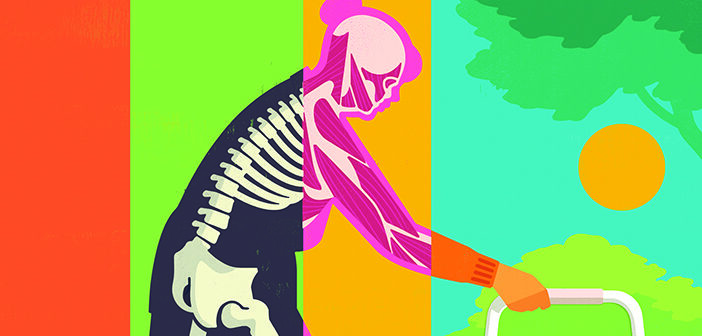Kindness is sometimes the best medicine.
As a rheumatologist and immunologist, I have had over a half-million patient interactions, either directly with an office visit (the majority of them), or a phone call, and in more recent years responding to patient enquiries by internet messaging.
Most of my patients experienced diseases with suffering, most with pain and disability, most from systemic rheumatic diseases. The spectrum of these systemic diseases and their alterations in their immune systems provided a myriad of complex symptoms and signs that could be confused for other diseases associated with infection, malignancies, and even inherited disorders.
It was satisfying to solve the diagnostic puzzle a patient presented with, but the most moving part of my work was to help restore a person to health or relieve pain and disability.
My first years after training were in San Luis Obispo, CA, and while satisfying my National Institutes of Health academic payback for my NIH fellowship stipend at Scripps Clinic and Research Foundation, at Cal Poly, I started a part-time evening private practice. I was the only boarded rheumatologist between Santa Barbara and Santa Cruz, and local people had been mostly driving to Santa Barbara 90 miles away. I arranged for practice space at a government-supported rehabilitation clinic one night a week after my academic work and became booked solid almost immediately. I usually saw 10 patients each evening.
An elderly woman one evening melted my heart with a compliment. She was born in 1889 in a small town in a part of what is now Belarus. She immigrated to the US as an adult and spoke with much-accented English. My grandfather also emigrated from a similar town; he died before I was born and I was given his name. At age 90, my patient walked with a walker and had severe valgus deformities of her knees due to end-stage osteoarthritis. She was not an operative candidate and all our therapeutic options were limited by her advanced aging body. She was always accompanied by her devoted daughter who often asked questions during our visits.
At one visit we were discussing adaptive aids and various physical therapies and her daughter asked me a question. My patient leaned forward, putting one hand on her daughter’s knee, looking at her daughter intently and pointing back and forth to her and me. “DARLING, I want that YOU should be quiet. THAT’S MY DOCTOR, and when he speaks to ME, I have no pain.”




